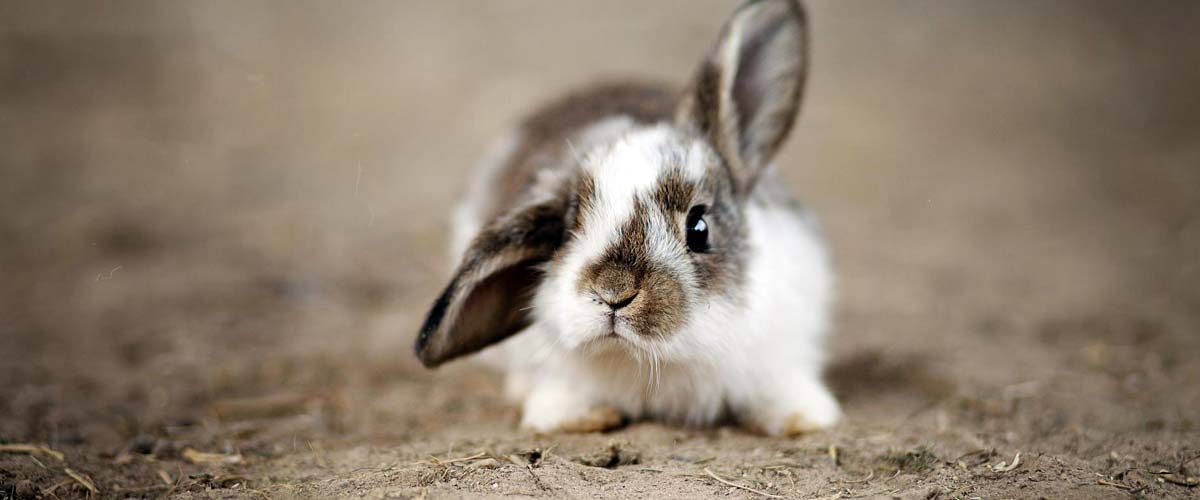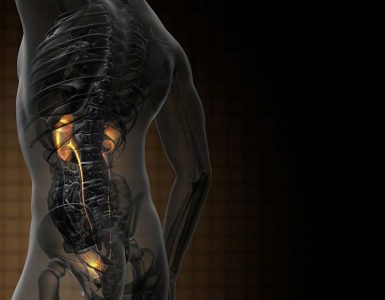Shimaa and the team aimed to establish a molecular approach to identify the rabbit pinworm, which is the most prevalent intestinal nematode in Egypt. The article was published in the Asian Journal of Animal and Veterinary Advances presenting Mitochondrial DNA (mtDNA) genes as a marker for identification and discrimination of different pinworms.
The use of rabbits is widespread across Egypt for economic, medical or petting purposes. Currently, in Egypt the rabbits are commonly used as a meat source; however, the veterinary hospital reported a considerable loss due to the parasitic infections in the rabbit. Passalurus ambiguus was identified as the main intestinal nematode leading to parasitic infection in rabbits. In medical sciences, the oxyurid holds major importance in the identification and differentiation of these helminths as traditionally they were only recognized through morphological observations.
In recent times, the scientist used the mt DNA genes as genetic markerssuch as cox1, cytb, nad1, nad4 and nad5,which proved effective in systematic,ecological, evolutionary and population studies of parasites. Shimma found,“ the extracted DNA gene in Egypt rabbits was similar to the other pinworms around the world”. Nevertheless, the team believed that limited genome data present on Oxyuridomorpha (oxyurids) created difficulty to estimate the phylogenetic relationships. Therefore, they suggested a need for sequencing of the complete mt genomesof some pinwormssuch as E. vermicularis, W. siamensis, Oxyuris equi and P. ambiguus for future discriminations.
Shima and the team reported that cox1 and cyt b proved to be suitable genetic markers for specific categorization of pinworms irrespective of the host. Thus, the study established mtDNA genes to be a potent tool in the identification, evolutionary studies, for distinguishing geographicalvariations among the same species with respect to host difference
The study emphasizes the adoption of the molecular approach to identify helminth species, which addresses its relationships and evolutionary history.
















Add comment